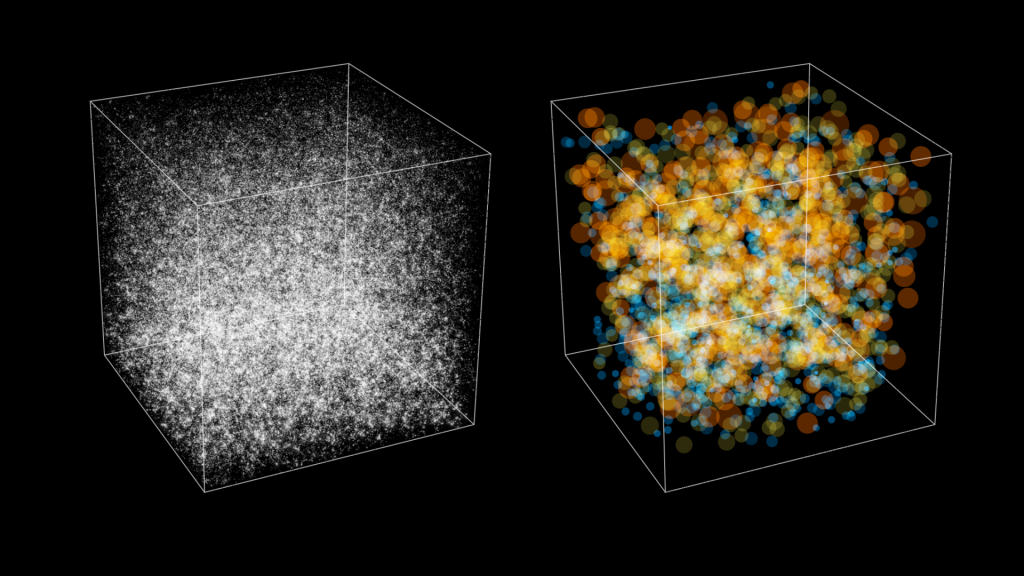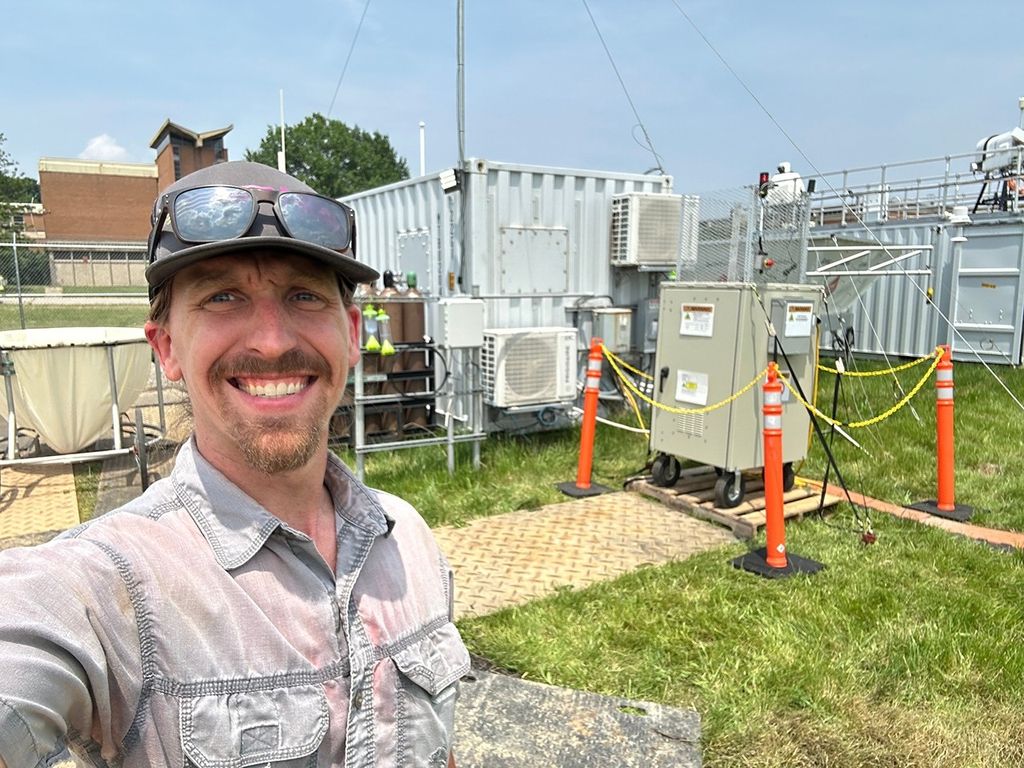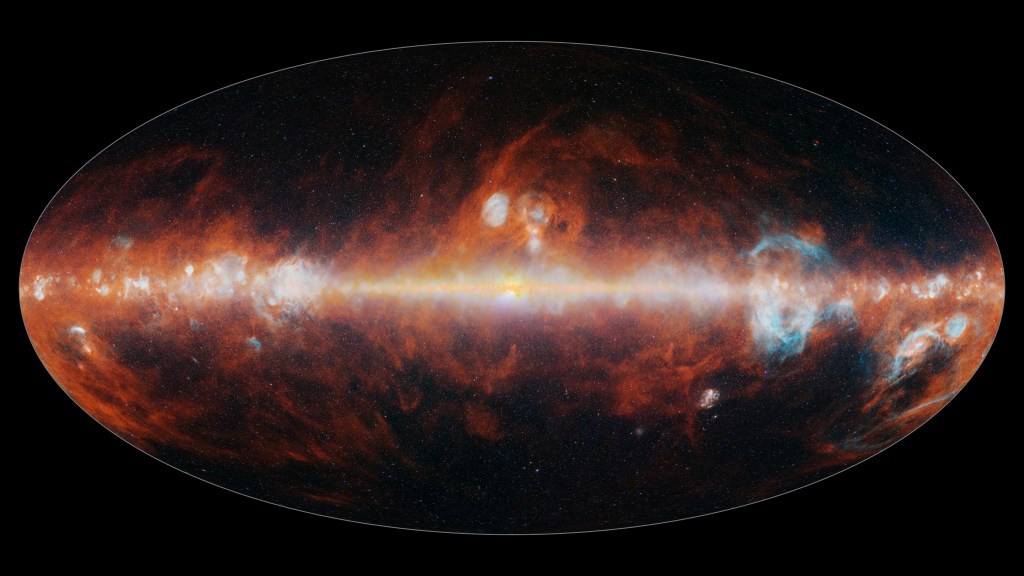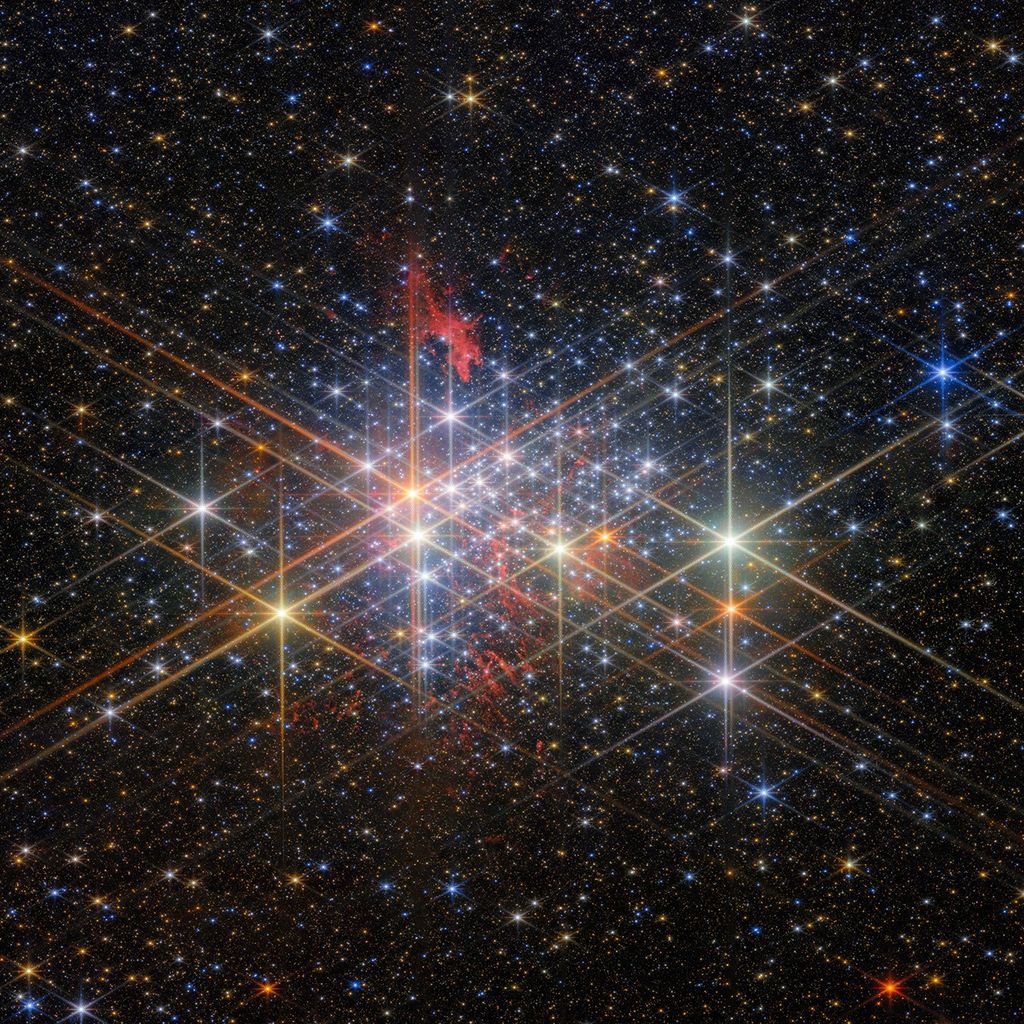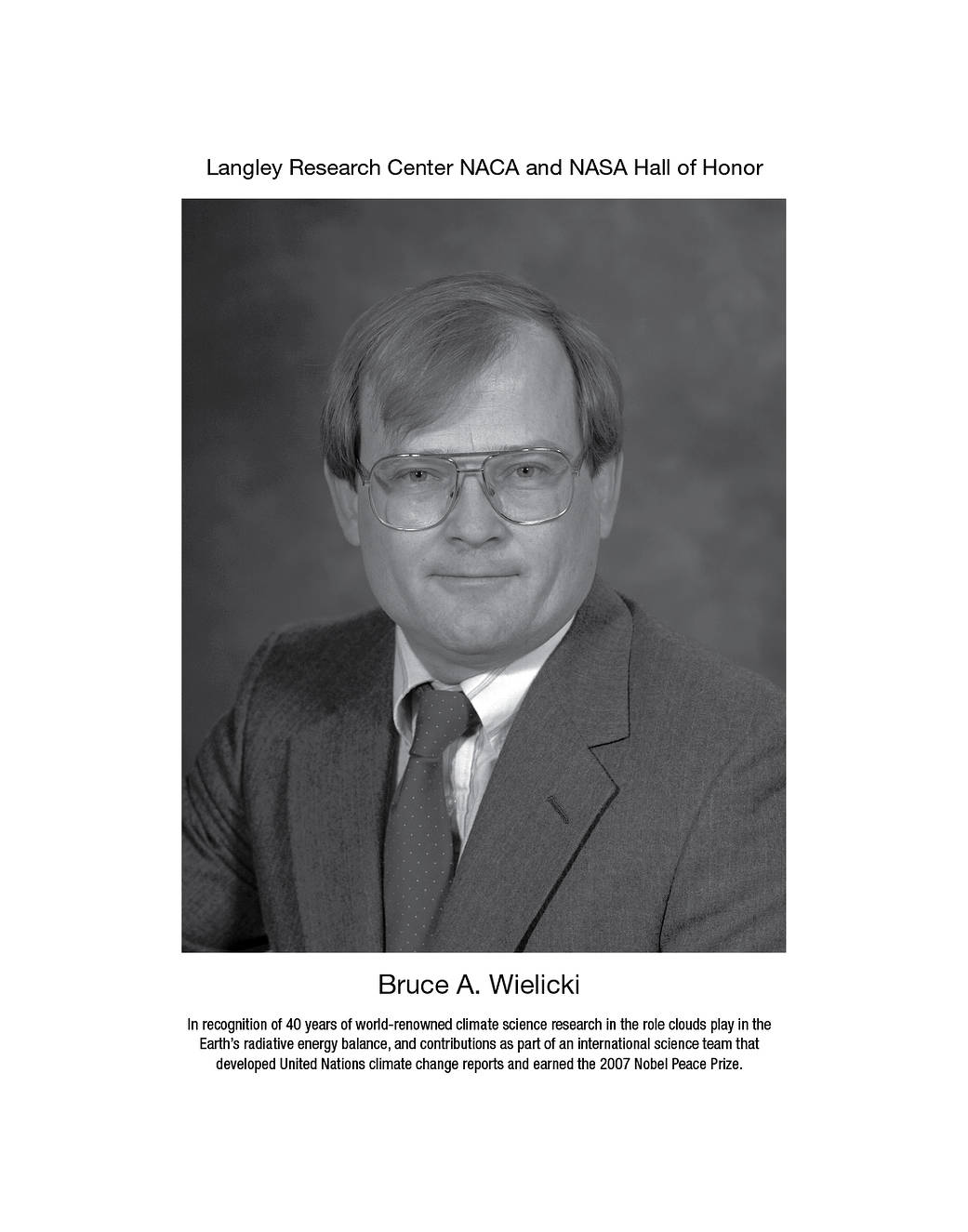
Bruce A. Wielicki
Dr. Bruce A. Wielicki (1952-) is a world-renowned climate science researcher who is a leading expert in clouds and their role in the Earth’s radiative energy balance. He was part of a team of international scientists who contributed to United Nations climate change reports that won the Nobel Peace Prize in 2007.
Born in Milwaukee, Wisconsin, Wielicki earned a bachelor’s degree in applied mathematics and engineering physics from the University of Wisconsin-Madison in 1974, and a doctorate in physical oceanography from Scripps Institute of Oceanography in 1980. He worked at the National Center for Atmospheric Research before coming to NASA Langley in 1980.
Early in his Langley career he was the co-investigator on the Earth Radiation Budget Experiment (ERBE). It consisted of three satellites, one of which was launched from the space shuttle in 1984, that helped scientists better understand how clouds and aerosols, as well as greenhouse gases, affect the Earth’s daily and long-term weather.
With the success of ERBE Wielicki moved on the become principal investigator on the First International Satellite Cloud Climatology Project Regional Experiment, for which he was also the project scientist from 1987 to 1994. These first two projects led Wielicki to embrace the philosophy that an integrated multi-instrument approach is necessary to improve the accuracy of data and enhance their use in scientific applications, so he successfully proposed the Clouds and the Earth’s Radiant Energy System (CERES) project.
Wielicki assembled a multi-agency, university and international science CERES team comprised of instrument and software engineers; cloud, aerosol and earth radiation budget remote sensing experts; and key members of the climate research and modeling communities. Under his leadership the group conceived of and implemented what remains to this day the most highly integrated scientific dataset from any satellite project at NASA. So far, the CERES team has used 31 instruments on 25 spacecraft to produce an accurate description of the radiation budget, not only on top of the atmosphere but also at the surface and within the atmosphere. CERES data have been used in more than 2,200 peer-reviewed publications with over 91,000 citations. Because of Wielicki’s leadership NASA Langley has become a global leader in Earth radiation budget and climate studies.
Wielicki was also a co-investigator on the NASA Cloudsat and Cloud-aerosol Lidar and Infrared Satellite Observations missions.
Wielicki’s work led to an even more advanced, rigorous and integrated global climate observing system – the Climate Absolute Radiance and Refractivity Observatory (CLARREO) satellite mission he successfully proposed. Selected in 2008, CLARREO is focused on high accuracy climate decadal change observations – five to 10 times more accurate than current observations. A scaled-down version is scheduled to launch to the International Space Station in 2023, two years after his 2021 retirement.
Wielicki has authored or coauthored more than 150 publications and won numerous awards. They include the NASA Exceptional Science Achievement Medal in 1992, the American Meteorological (AMS) Henry G. Houghton Award in 1995, the Presidential Rank and AMS Fellow award in 2008, and the AMS Warren M. Washington Research and Leadership Medal in 2021.



